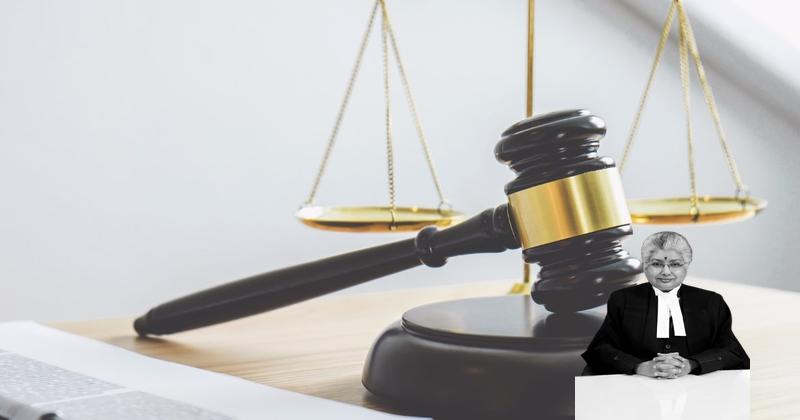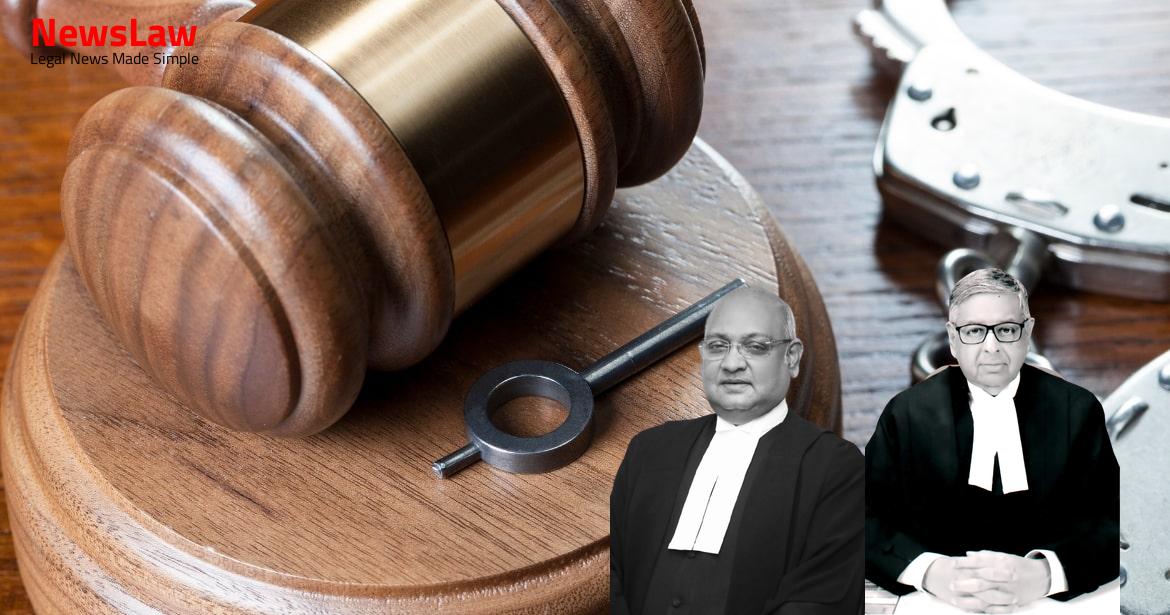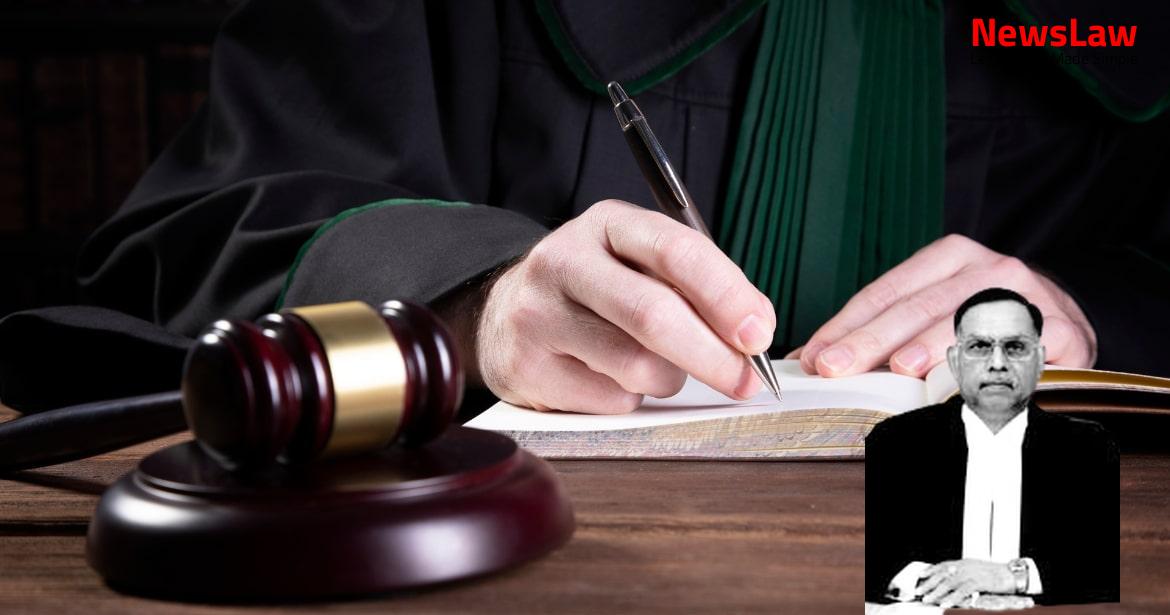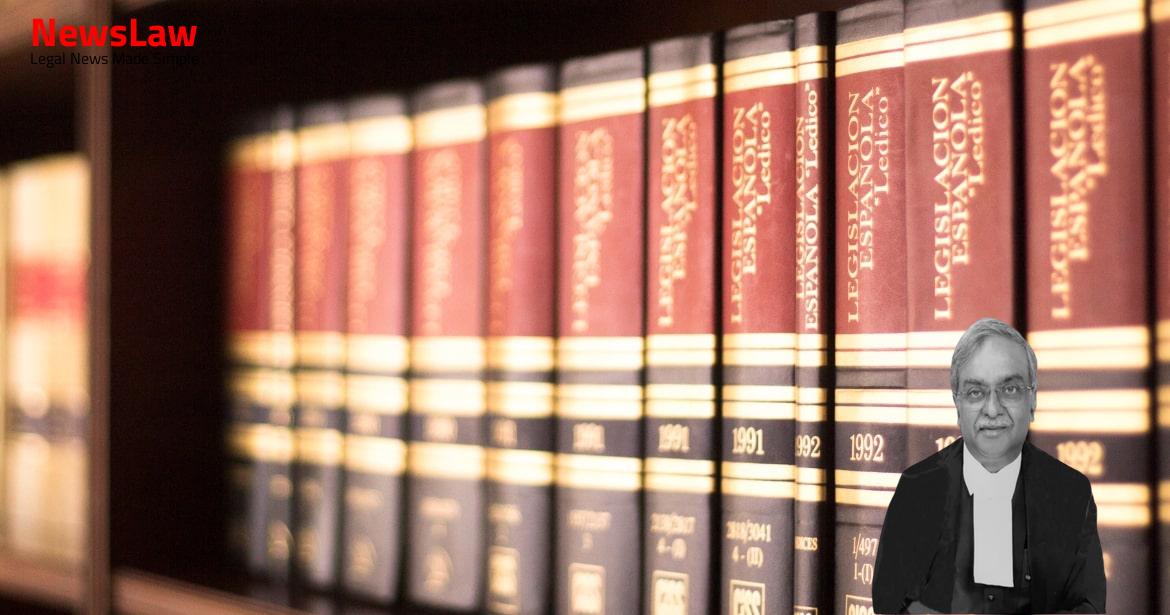(1) By the impugned order, the High Court has dismissed the petition filed by the appellant under Section 482 of the Code of Criminal Procedure, 1973 (hereinafter referred to as ‘Cr.P.C.’ for brevity). 13/07 ordered the CBI to conduct a further investigation under Section 173(8) of the Cr.P.C. Tulsi, learned senior counsel who appears on behalf of the first respondent. First and foremost, he would contend that the impugned order upholding the order of the Magistrate taking cognizance and issuing summons is afflicted with an incurable illegality. In other words, cognizance has been taken against the appellant for the offences comprehended within the ambit of Section 197 Cr.P.C. The notification dated 27.07.1979 issued by the Lieutenant Governor and the order passed by the appellant dated 28.07.1979 came to be impugned in a batch of writ petitions in the High Court of Delhi. The High Court by its judgment dated 29.11.1979, in short, directed the appellant to look into the matter and find out whether the seats could be continued on their being a substantial and not too rigid and inflexible compliance.
It is, thereafter, that on 24.12.1979, according to the appellant, on the recommendations of the committee, the appellant ordered the removal of 06 seats in the balcony and 56 seats in the rest of the floor of Uphaar Theater. It is nearly 17 years after the order dated 24.12.1979, on 13.06.1997 that a fire broke out which led to the unfortunate passing away of 59 persons besides injury to several others. The law mandates that once the person against whom cognizance is taken was holding a public office within the meaning of Section 197 of the Cr.P.C. If, on the face of the complaint, the act alleged appears to have a reasonable relationship with official duty, where the criminal 8 proceeding is apparently prompted by mala fides and instituted with ulterior motive, power under Section 482 of the Criminal Procedure Code would have to be exercised to quash the proceedings, to prevent abuse of process of court.”
(See Subramanian Swamy v. Manmohan Singh [ Subramanian Swamy v. Budhikota Subbarao, (1993)
Also Read: https://newslaw.in/case-type/civil/application-of-code-of-civil-procedure-in-small-causes-court/
3 SCC 339 : 1993 SCC (Cri) 901].)
The real question, therefore, is whether the act committed is directly concerned with the official duty. What emerges therefrom is that insofar as the processing of the papers was concerned, Surendra Kumar Mathur, the Executive Officer, had put his initials to the relevant papers which was held in discharge of his official duties. We are, thus, not able to appreciate why a similar protection ought not to be granted to Respondent 2 as was done in the case of the other two officials by the 10 trial court and High Court, respectively.
Bhajan Lal and Others 1992 Supp (1) SCC 335, it is a fit case where no criminality can be attached to the alleged acts and omissions. State of Punjab (2023) 1 SCC 289: “39.(I) Whether the trial court has the power under Section 319CrPC for summoning additional accused when the trial with respect to other co-accused has ended and the judgment of conviction rendered on the same date before pronouncing the summoning order? Nataraj, learned Additional Solicitor General, who appears for the additional respondent-Delhi Police would submit that the Delhi Police is the authority which sanctions prosecution under Section 197 of the Cr.P.C. Nataraj, would submit that it is indispensable for taking cognizance against a public servant within the meaning of Section 197 of the Cr.P.C., that the sanctioning 12 authority grants sanction. 217-18, para 23)
“The legislative mandate engrafted in sub-section (1) of Section 197 debarring a court from taking cognizance of an offence except with a previous sanction of the Government concerned in a case where the acts complained of are alleged to have been committed by a public servant in discharge of his official duty or purporting to be in the discharge of his official duty and such public servant is not removable from his office save by or with the sanction of the Government touches the jurisdiction of the court itself. 218-19, para 24) “The question of applicability of Section 197 of the Code and the consequential ouster of jurisdiction of the court to take cognizance without a valid sanction is genetically different from the plea of the accused that the averments in the complaint do not make out an offence and as such the order of cognizance and/or the criminal proceedings be quashed. Bhari [AIR 1956 SC 44 : (1955) 2 SCR 925] that in the matter of grant of sanction under Section 197 offence of the Code of Criminal Procedure the alleged to have been committed by the accused must have something to do, or must be 14 related in some manner, with the discharge of official duty. The aforesaid case has full force even to the facts of the present case inasmuch as in the said case, the Court had observed: (SCC p. It follows, therefore, that the appellant is entitled to the immunity from criminal proceedings without sanction provided under Section 197 CrPC.” 15 It is not necessary for us to multiply authorities on this point and bearing in mind the ratio of the aforesaid cases and applying the same to the facts of the present case as indicated in the complaint itself, we have no hesitation to come to the conclusion that the appellant had been directed by the Sub-Divisional Magistrate to be present with police force and remove the encroachment in question and in course of discharge of his duty to control the mob, when he had directed for opening of fire, it must be held that the order of opening of fire was in exercise of the power conferred upon him and the duty imposed upon him under the orders of the Magistrate and in that view of the matter the provisions of Section 197(1) applies to the facts of the present case.
Also Read: https://newslaw.in/case-type/criminal/dereliction-of-duty-and-grave-lapses-a-legal-analysis/
It was asserted that the above action of taking cognizance by a court is based on alleged “facts” and not “on evidence” recorded by a court. While making a reference to Section 319 of the Code, it was submitted on behalf of the respondents that cognizance taken under Section 319 of the Code was by the Court itself and therefore, the same having been based on “evidence”, as also, the satisfaction of the Court itself that such person needed to be tried together with the “other accused”, it seemed unreasonable that sanction postulated under Section 197 of the Code should still be required. The learned counsel emphasised that when a court itself had determined that cognizance was required to be taken, based on evidence which had been recorded by the same court, it would be undermining the authority of the court concerned if its judicial determination was considered subservient to the decision taken by the authorities contemplated under Section 197 of the Code. In case the assault made is intrinsically connected with or related to performance of official duties, sanction would be necessary under Section 197 CrPC, but such relation to duty should not be pretended or fanciful claim. In case sanction is necessary, it has to be decided by competent authority and sanction has to be issued on the basis of sound objective assessment. Question of sanction can be raised at the time of framing of charge and it can be decided prima facie on the basis of accusation. Necessity for sanction may reveal itself in the course of the progress of the case and it would be open to the accused to place material during the course of trial for showing what his duty was. She would submit that the trial Court, the High Court in appeal and what is more, this Court have found against the licensing authorities which includes the appellant. , AIR 1980 Del 147] before the High Court of Delhi in which the High Court directed the authorities to have a fresh look from the standpoint of substantial compliance with the provisions of the Cinematograph Act. Our finding on Proposition 3 is, therefore, that the Administration will apply their mind to the additional seats with a view to determine which of them have contravened which rules and to what extent.
But we cannot ignore the fact that the occupiers/licensees of the Cinema, had opposed the removal of the additional seats even when the respondents in the writ petition had expressed concerns about the safety of the patrons if the additional seats were not removed which removal it is evident would have by itself resulted in the restoration of the right side gangway. (18) She also sought to draw support from the recent judgment of this Court viz., She would point out on the strength of the said judgment that even if this Court finds that sans sanction, cognizance became vulnerable, it would still justify this Court directing grant of sanction be considered and given.
(20) Learned senior counsel would submit that a perusal of the pleadings of the appellant would also reveal conduct unbecoming on the part of an applicant before the High Court. On 27.07.1979, a notification came to be issued revoking the earlier notification issued on 13.09.1976. Acting strictly in obedience to the said notification revoking the earlier notification, the appellant did issue an order dated 28.07.1979. (23)
Thereafter the Court, inter alia, went on to hold as follows: “Proposition No 3: It has been already made clear above that the relaxation was granted after considering the public health and the fire hazard aspects.
It does not automatically mean that all 24 the additional seats which installed in the cinema theatres were contrary to the Rules and must, therefore, be dismantled without any consideration as to how many of these seats were in consonance, with the Rules and how many of them were contrary to the Rules. It would appear from the opening words of Rule 3(3) that licences may be granted or reviewed in respect of preexisting theatres which were already licensed prior to 1953 for buildings exhibition without their compliance with Rule 3(2). This would 25 be necessary, it was found, because the question, as to, how many of the additional seats substantially complied with the Rules and how many contravened the Rules as at present has not been determined and has to be determined by the Administrator later. Pending the determination by the Administration as to the substantial compliance with the Rules by the additional seats or such of them as may be singled out by the Administration in each of the buildings of the licensees, the interim order dated 02.08.1979 will continue in force subject to the limitation that if no determination is made in respect of each building within one month by the Administration, then those licenses in respect of whose buildings the determination is not made shall be free to sell tickets for the additional seats in their building.” Finally on 24.12.1979 purporting to act on the basis of the 26 recommendations of the Committee, the appellant ordered the removal of additional six seats from the balcony.
We are, in this case, confined to grapple with the contention of the appellant based on the impact of there being no sanction within the meaning of Section 197 of the Cr.P.C. Even an officer who acts in the purported exercise of his official power is given the protection under Section 197 of the Cr.P.C. As we have already noted, even if it were to be treated as done in the purported exercise of his official duties, he would still stand protected from prosecution without sanction.
This must not be confused with the question as to whether the appellant had committed any offence with which he appears to have been indicted by the Magistrate issuing summons and the High Court upholding it. (31) One ground which has found favour with the High Court against the appellant is that the appellant, according to the High Court, could raise the issue before the Magistrate. Materials will be placed before the Court which will make the position clear and a delayed decision on the question may be justified. However, in a case where the act or the omission is indisputably traceable to the discharge of the official duty by the public servant, then for the Court to not accept the objection against cognizance being taken would clearly defeat the salutary purpose which underlies Section 197 of the Cr.P.C.
The cases where damages have been awarded for direct negligence on the part of the statutory authority or cases involving doctrine of 31 strict liability cannot be relied upon in this case to fasten liability against MCD or the licensing authority. But there was close and direct proximity between the acts of the licensee and the DVB on the one hand and the fire accident resultant deaths/injuries of victims. We do not disagree with the observations of the High Court that the performance of duties by the licensing authority 32 and by MCD (in its limited sphere) was mechanical, casual and lackadaisical.
We, however, make it clear that this will not stand in the way of the competent authority taking a decision in the matter and/ or granting sanction for prosecuting the appellant in accordance with law. JOSEPH
]………………………………………………, J.
Case Title: ANSAL THEATRES AND CLUBOTELS P. LTD. Vs. STATE THROUGH CBI (2023 INSC 397)
Case Number: Crl.A. No.-000603-000603 / 2010



